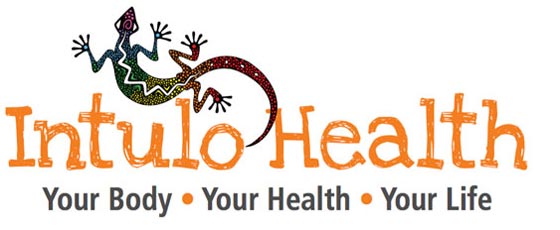Common Problems for Swimmers
Amanda shares an issue faced by a client who’s a competitive swimmer, surfer and wake boarder.

Rachael Potter (32), is a swimming coach and the owner of Bubbles Swim School and is a competitive swimmer in Dorset and represents GB masters. She was 1st for the 1500m main event for her age group in the master and 2nd in GB master for 400m and 800m. Her open water event pier to pier (1.4 miles) she completed in 27 minutes and came 7th overall. Rachael is due to compete again at the end of this year. Furthermore Rachael also cares for disabled children as a youth care worker. Bubbles Swim School 07810411490
The Problem
Rachael came to see Amanda with a shoulder and neck problem. Amanda identified areas of weakness in Rachael’s shoulder and neck muscles by observing her swimming technique. Furthermore she was able to see that as a result of consistent rotation in the gleno-humeral (GH) joint of the arm (which is the arm socket) Rachael has developed calcification of the ligament at the AC joint of the arm. (Acromioclavicular Ligament) ... which is one of the ligaments that attaches the clavicle onto the GH joint. Furthermore, her pain in her neck is as a result of the neck muscles overworking causing a lot of tension on the cervical vertebrae in the neck. Rachael uses her powerful Trapezius muscle (which attaches from the bottom of the skull into the ribs) as well as the powerful Latissimus dorsi muscle in her back when she lifts up her patients as a youth worker. These muscles are naturally strong as a result of her swimming; however the deep compartment muscles aren’t, hence her injuries.
If you think this article applies to you then please do not hesitate to contact Amanda on 07789810752 for a FREE 20 minute assessment.
Amanda’s Solution
Amanda’s Solution In my clinic I see both swimmers and non-swimmers who have occasional or chronic neck pain. I have not found that master swimmers have more neck pain than others, however, faulty stroke technique may aggravate existing neck pain. It’s a chicken and egg situation, if there is a weakness in the muscle groups involved, this will cause faulty stroke technique and vice versa.
The reason why the calcification develops is unknown but the most common assumption is that it forms secondary to a piece of the tendon that dies off because of bad blood supply in the area right where the rotator cuff inserts on to the humerus. Other theories suggest that it might be secondary to small tears that happen in the cuff or even secondary to impingement, which is the case with Rachael. This then led to a weakness in the shoulder muscles which then caused her shoulder blade to start winging. (This means that the shoulder blade looks like it’s coming away from the ribs and looks like a wing on the back)
With Rachael Amanda used Deep Tissue Massage to release off the muscles that were initially restricting her shoulder from rotating correctly, namely the muscles in her neck. We then worked on a combination of both deep tissue techniques as well as strengthening exercises to get the scapular back in place and improve on her swimming technique. The calcification will continue to come and go however she knows now how to manage it with her exercises and if she keeps on top of her strength training this should help ease the calcification.
Essential Information
• Strengthening up the deep compartment muscles is essential to take the pressure off the larger muscles. • When the deep seated breathing muscles are not being used properly then the neck muscles will do all the work. Ensure that you use your diaphragm in order to breathe effectively; this will give your body more oxygen and allow you to perform better in your everyday life and sports.
And remember...
Correcting your technique is not actually that difficult, but you do need to know what to look out for and, just as importantly, work diligently to improve in these areas. It’s advisable to work with a professional that can help you to identify what you personally need to work on and what muscle groups need strengthening. Our bodies require strength, agility and balance in order to perform at their best. If you’re struggling with poor technique in your own sport and you’re frustrated with your lack of progress, then give Amanda a call so she can help you to identify where the weak areas are and how to strengthen them up. Whatever your lifestyle and whatever your game...
DO NOT LIVE IN PAIN..!
Written by Bournemouth based remedial massage therapist Amanda Burger


